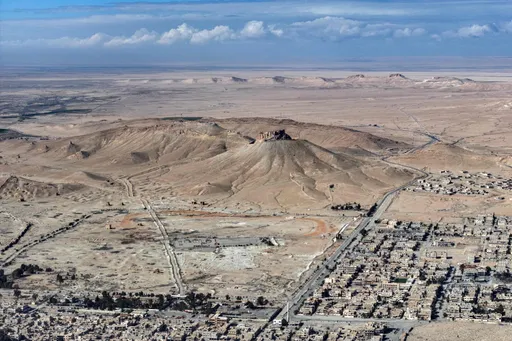US President Joe Biden has confirmed the leader of Al Qaeda, Ayman al Zawahiri, was killed over the weekend in an American drone operation in Afghanistan.
A senior US administration official told reporters on Tuesday that Zawahiri had been hiding out for years and that the operation to find and kill him was the result of "careful patient and persistent" work by the counter-terrorism and intelligence community.
The official, who spoke to Reuters under the condition of anonymity, said that the US government had been aware of a network that it believed supported Zawahiri for a number of years, and that over the previous year, following the US withdrawal from Afghanistan, officials had been on the lookout for signs of Al Qaeda's presence in the country.
Here are some key intelligence inputs that led to Zawahari's assassination
Zawahiri’s family:
This year, authorities discovered that Zawahiri's family—his wife, his daughter, and her kids—had moved to a safe home in Kabul, and they later spotted Zawahiri there.
Balcony of the safe house:
Zawahiri apparently sat for hours at a time on the balcony of the safe house, where he was ultimately struck - on multiple occasions, when the drone fired two missiles at him, according to officials.
Network that assisted Zawahiri:
A senior administration official told reporters that for several years the US government has been aware of a network that supported Zawahiri. Only a year ago that network was later identified and assessed by the US.
Nature of the safe house:
Officials investigated the construction of the safe house and scrutinized its occupants to ensure the United States could kill Zawahiri without threatening the structural integrity of the building and minimizing the risk to civilians and Zawahiri's family, the official said.
[Note: In the last three decades of the US' offshore wars, at least 363,000 civilians have died. A recent US Freedom of Information Report accessed by the Intercept revealed that the US continues to be involved in civilian killings, with the latest incident being reported from Nigeria, where 160 civilians, mostly children, have been killed in a military operation that US Africa Command was aware of and yet chose to turn a blind eye to it.]
Lawful target:
Biden inquired about the lighting, the climate, the construction materials, and other elements that might impact the operation's success. The president also asked to study the potential effects of an attack of such nature on Kabul. A small group of top inter-agency lawyers assessed the intelligence information and agreed that he was a legitimate target.
























